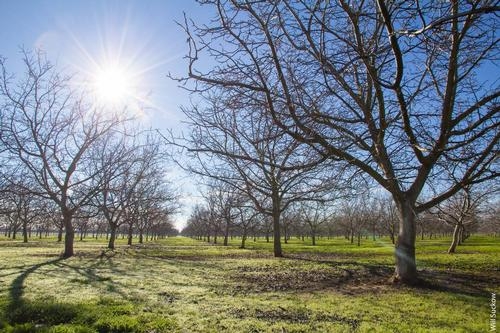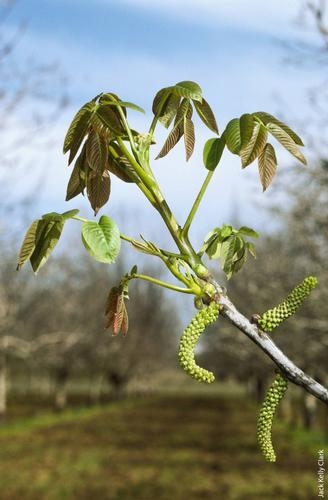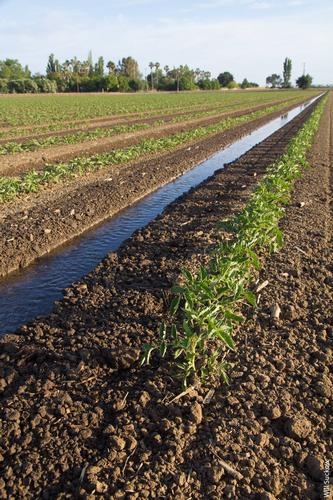Posts Tagged: Yolo County
Davis Teen: How Those Pesky Mosquitoes Led to a Scientific Publication
Listen to ABC Channel 10 News, broadcast Dec. 22Seventeen-year-old Helena Leal doesn't like mosquitoes, but they like her. “I always get...
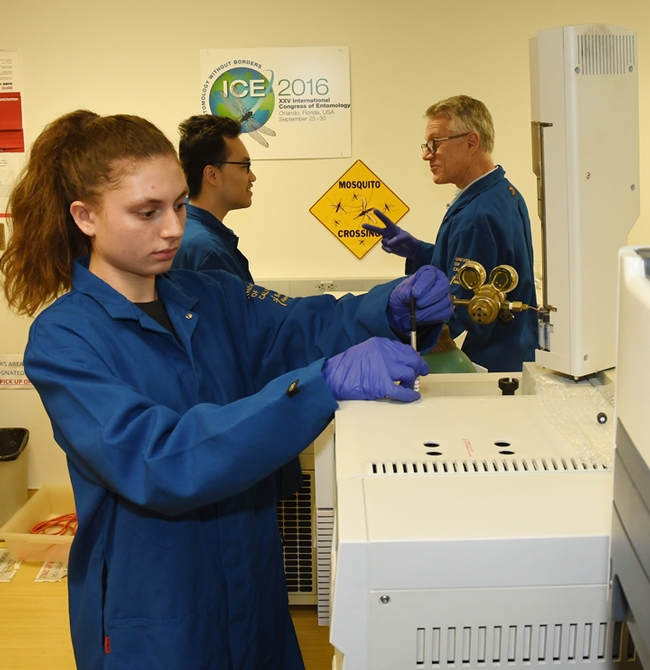
Researcher and lead author Helena Leal, 17, a scholar at Davis High School, injects a sample of odorants trapped in a solid phase micro-extraction syringe intothe gas chromatography–mass spectrometry (GC-MS) in the Walter Leal lab at UC Davis. In back are chemical ecologist Walter Leal (right) and UC Davis student researcher Kaiming Tan. (Photo by Kathy Keatley Garvey)
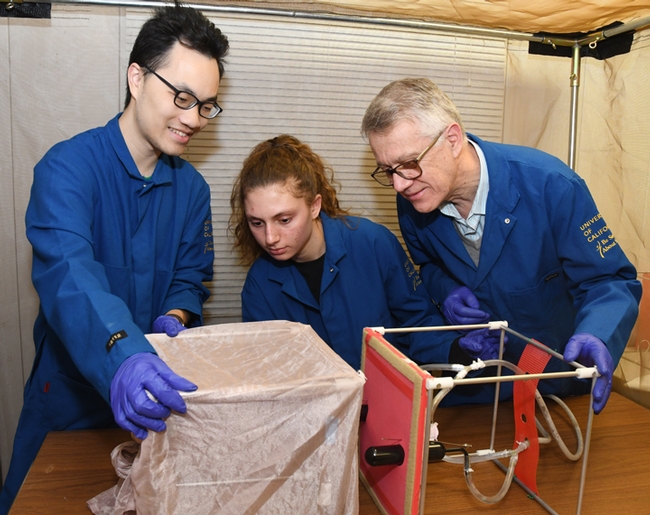
Working on the mosquito cage assay are (from left) researchers Kaiming Tan, a UC Davis student in the Walter Leal lab; lead author Helena Leal of Davis High School, and UC Davis chemical ecologist Walter Leal. (Photo by Kathy Keatley Garvey)
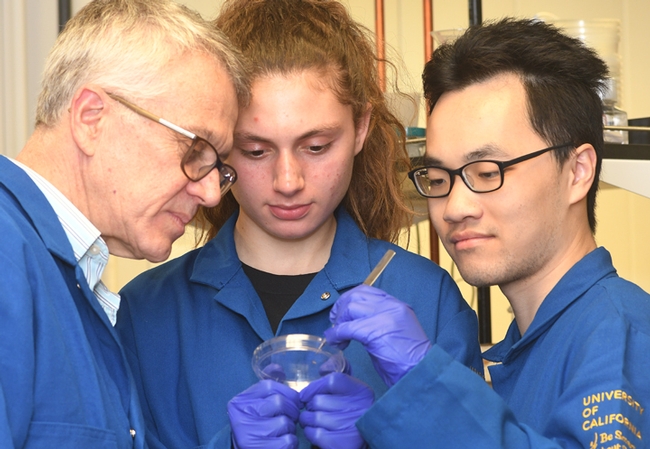
Looking over mosquito specimens are (from left) UC Davis chemical ecologist Walter Leal and two members of the research team: daughter Helena Leal, lead author; and UC Davis student Kaiming Tan. Not pictured is UC Davis student researcher Justin K. Hwang. (Photo by Kathy Keatley Garvey)
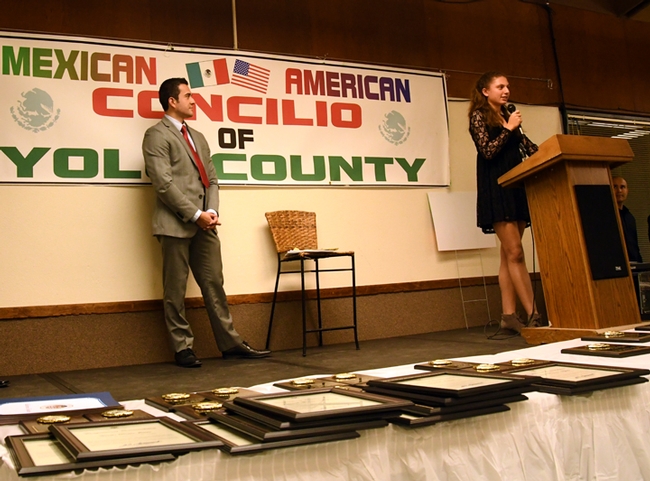
Davis High School scholar Helena Leal addresses the crowd at the Mexican-American Yolo County Concilio Scholarship Dinner. At left is keynote speaker Carlos Saucedo of ABC Channel 10.(Photo by Kathy Keatley Garvey)
How to Attract Pollinators to Your Garden
It's a great topic. Horticulture experts at the UC Davis Arboretum and Public Garden will join forces with the Yolo County Master Gardeners on...
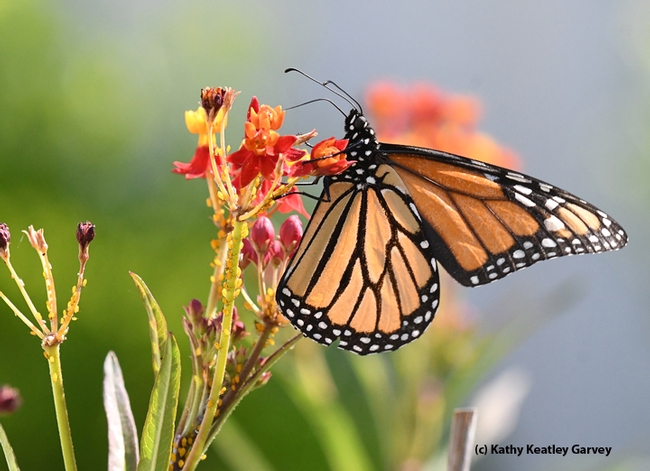
A monarch sips nectar from a tropical milkweed. (Photo by Kathy Keatley Garvey)
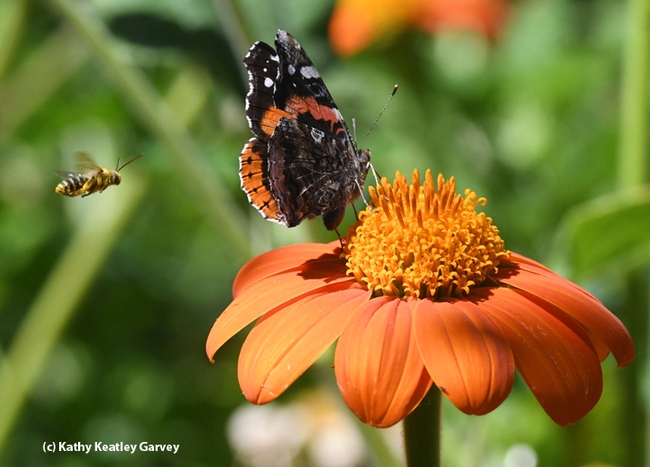
A male territorial long-horned bee targets a red admiral buttefly sipping nectar from a Mexican sunfower, Tithonia. (Photo by Kathy Keatley Garvey)
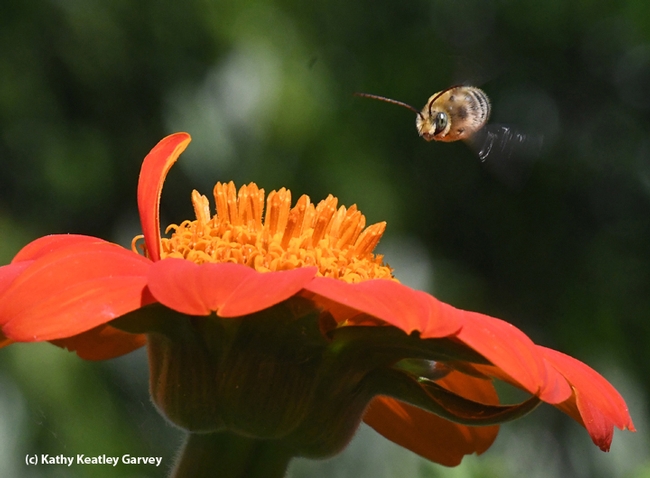
A male long-horned bee buzzes across a Mexican sunflower, Tithonia. (Photo by Kathy Keatley Garvey)
A Beer for a Butterfly or 'Suds for a Bug'
It's almost that time again—time for the annual “Beer for a Butterfly” contest or “Suds for a Bug.” If you're out and...
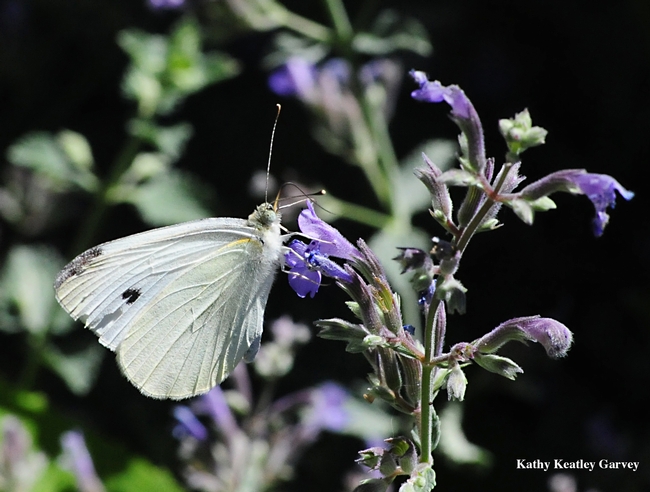
This is a cabbage white butterfly, Pieris rapae. (Photo by Kathy Keatley Garvey)
Rachael Long: A Boy, a Bat, a Coyote and a Crow
It doesn't get more real. Yolo County Farm Advisor and children's book author Rachael Freeman Long remembers telling her son stories about an...
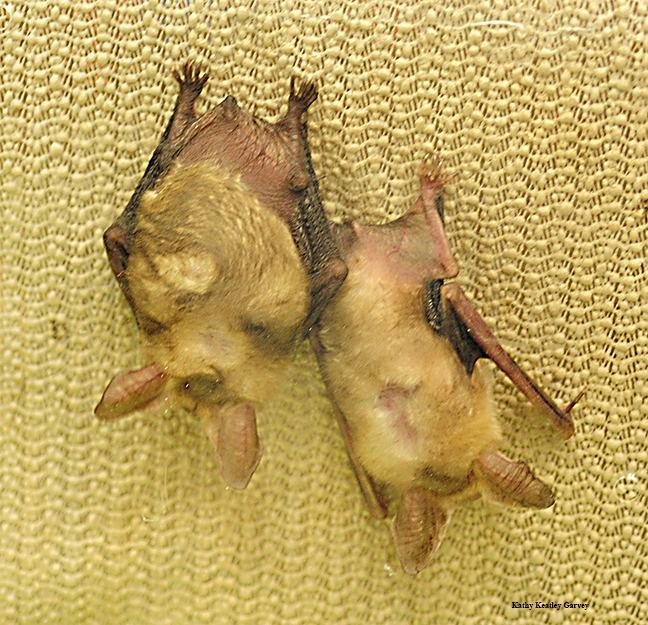
Pallid bats, shown here hanging upside down, were featured at Rachael Long's presentation on her second book, "Valley of Fire,"at the Avid Reader, Davis. She will speak on her latest and last book in the trilogy, "River of No Return," at 1 p.m., Saturday, Aug. 20 at the Avid Reader. (Photo by Kathy Keatley Garvey)
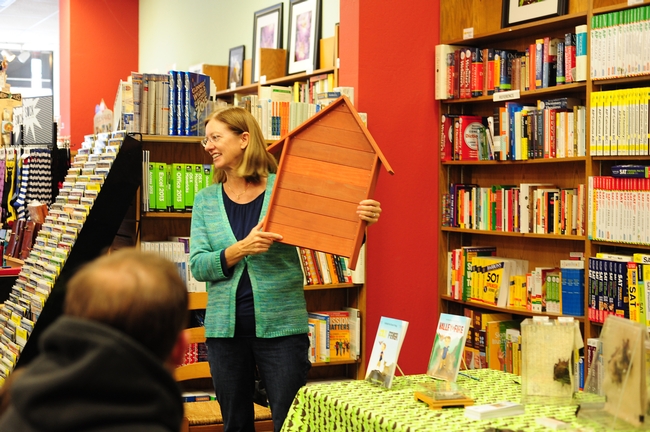
Rachael Long, in a presentation at the Avid Reader, shows a bat house. (Photo by Kathy Keatley Garvey)
How is climate change affecting agriculture? It depends.
Of 12 crops examined in Yolo County, walnuts are most vulnerable, while processing tomatoes and alfalfa acreage may increase due to warmer winters.
In an effort to forecast how climate change may affect agriculture, University of California agricultural economists looked at how climate has affected crop acreage in the past. The effect of temperature changes on plants depends on local conditions and the crops grown. In a case study of Yolo County agriculture, warmer winter temperatures would reduce chill hours, potentially reducing yields for some crops while extending the growing season for others, according to a University of California study published in the peer-reviewed journal California Agriculture.
This technique used in Yolo County could be used for projecting the effects of climate change on agriculture in other regions, said Lee.
Using about 100 years of climate data and 60 years of farm acreage, Lee and her co-author looked at the relationships between the evolution of local climate conditions and the acreage of 12 major crops grown in Yolo County. The crops included processing tomatoes, rice, alfalfa, wheat, corn, prunes, grapes, walnuts, almonds, safflower, pasture and other fruit.
“When we look at maximum and minimum temperatures, the minimum temperatures are higher while the maximum temperature stays about the same,” Lee said. “And the lower temperature is rising at a faster rate, especially in winter. That's good for winter crops, but not so good for crops that require chill hours.” Many tree crops require cold for a certain number of hours below a critical temperature, commonly 45 degrees Fahrenheit, to stimulate the growth of leaves and flowers.
Among trees and vines, the most sensitive to climate change are walnuts, which require more chill hours. Walnut acreage would decline, Lee said, while there would be a modest change in grape and almond acreage.
Lee emphasized that market conditions exert a great deal of influence on the crops growers choose to plant. Growers who consider trends in climate change may choose different cultivars rather than different crops, such as a walnut variety that requires fewer chilling hours.
Lee and co-author Daniel Sumner, director of the UC Agricultural Issues Center and Frank H. Buck, Jr. Professor in the Department of Agricultural and Resource Economics at UC Davis, based their acreage projections on following the trend of climate change for the past 105 years, but were not able to incorporate climate variability, extreme weather events, accelerated warming or availability of irrigation water in their modeling.
This research, which was part of a larger study of climate change and agriculture funded by a grant from the California Energy Commission, was also supported by the UC Agricultural Issues Center, a program of UC Agriculture and Natural Resources.


